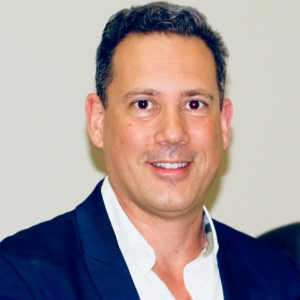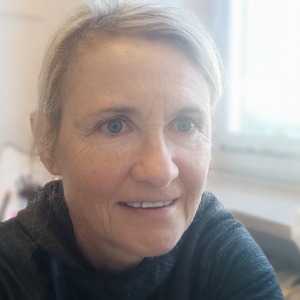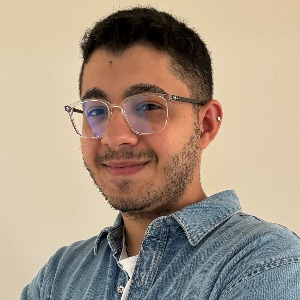Electrotherapy
Electrotherapy, a branch of physical therapy, involves the use of electrical energy to stimulate nerves and muscles for therapeutic purposes. This modality has evolved over the years, with advancements in technology leading to a variety of electrotherapy techniques that can be applied to manage pain, promote healing, and improve muscle function. Common forms of electrotherapy include Transcutaneous Electrical Nerve Stimulation (TENS), Electrical Muscle Stimulation (EMS), and Interferential Current (IFC). TENS is widely utilized for pain management. It involves the application of low-voltage electrical currents through electrodes placed on the skin, targeting nerves in the affected area. The stimulation generated by TENS is thought to interfere with pain signals, providing relief for conditions such as chronic pain, arthritis, and musculoskeletal injuries. EMS, on the other hand, focuses on stimulating muscle contractions through electrical impulses. This is particularly beneficial for individuals recovering from injuries or surgeries, as it helps prevent muscle atrophy, improve circulation, and enhance overall muscle strength and endurance. EMS is commonly integrated into rehabilitation programs to complement traditional exercise. Interferential Current (IFC) is another electrotherapy method that utilizes the interference of two medium-frequency electrical currents to target deeper tissues. This technique is often employed to manage pain associated with soft tissue injuries and to promote blood flow for accelerated healing.

Jay Spector
American Academy of Podiatric Sports Medicine (AAPSM), United States
Marcia J Scherer
Institute for Matching Person and Technology, United States
Marcos Brioschi
American Academy of Thermology, United States
Blair Gorenberg
Shirley Ryan Abilitylab, United States
Roberta Sartori
IRCCS Materno-Infanitle Burlo Garofolo, Italy
Cho Li Yin
Taichung Veterans General Hospital - VGHTC, Taiwan




Title : Best practice guidelines for the use of pharmacological neuromodulation in disorders of diminished motivation: A comprehensive approach
Vaidya Balasubramaniam, Illawarra and Shoalhaven Local Health District Hospitals, Australia
Title : A forgotten component of knee osteoarthritis
Ron Blehm, EEI Physio LLC, United States
Title : Functional outcomes of DSSA-Based pelvic rehabilitation combined with manual therapy and electrostimulation in men after oncologic surgery: A retrospective case series
Eren Uyar, Fizyomen Physiotherapy & Rehabilitation Center, Turkey
Title : We are living and working in the age of individualization
Marcia J Scherer, Institute for Matching Person and Technology, United States
Title : Efficacy of Inspiratory Muscle Training (IMT) in post-weaning ICU recovery: A clinical randomized controlled trial
Warda Khan, Chongqing Medical University, Pakistan
Title :
Subramanya Adiga, Middlemore Hospital, New Zealand